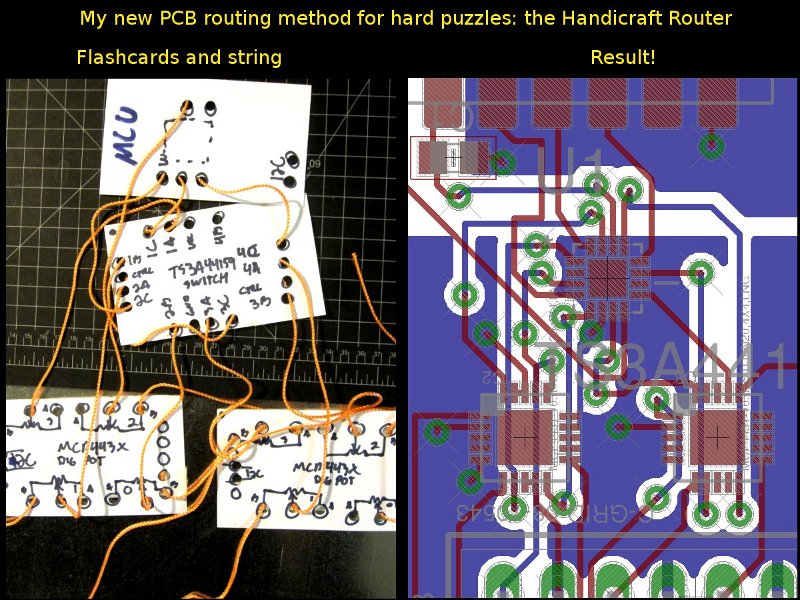So it’s the middle of the night and I find myself in a jam… hm, a lot of my stories seem to start that way. Anyhow, it’s the middle of the night and I’m badly stuck: I need to talk with a two-wire chip I have on a breakout, but the I²C communication lines need…
- by: Pat Deegan
- On

I do not enjoy dealing with the vagaries of calendar dates and times… Actually, I pretty much hate it. It’s mostly because I have little patience for arbitrary rules and convoluted systems, and anything as old as the notion of date-times is always filled with historical cruft: half-baked rules, a bunch of incompatible, random-looking, bases…
- by: Pat Deegan
- On

I love Adult Swim’s Rick and Morty so, for Halloween this year, I created my own version of Rick Sanchez’ Portal Gun–including a 3d-printed enclosure, printed circuit board, negative energy density tube/crystal thingy, wave file player and laser. Here, I’ll go over the design and construction, as well as a few lessons learned along the…
- by: Pat Deegan
- On

I’ve recently had to develop an application using the BLE Nano platform. The BLE Nano is a little module built around the Nordic nRF51822 SoC, along with a minimalist set of support components including an on-board antenna for the bluetooth wireless connection. The Nordic itself provides all the Bluetooth low energy functionality and hosts your…
- by: Pat Deegan
- On
A few hints about squeezing maximum performance out of Raphaël. When you want to generate dynamic SVG images using Javascript, either on a website or within a Cordova-type project on mobile devices, the Raphaël library is pretty sweet. Raphaël has a nice, clean, API and lets you do pretty much anything graphics-related and it sticks…
- by: Pat Deegan
- On

I do a lot of work with bluetooth low energy (BLE or bluetooth v4.0) and have a few different BLE modules I’ll turn to, but often end up using the Bluegiga BLE112 (as evidenced by my DIY BLE112 breakout). It’s a great chip but one thing that can get annoying is programming the thing. Whether…
- by: Pat Deegan
- On

This is a quick post to share a technique I recently invented (or, more likely, re-invented) that can be of great help when you’re trying to layout a circuit but are overloaded by possibilities: the handicraft router. In this specific case, I was trying to get the outputs from a bunch of digital potentiometers to…
- by: Pat Deegan
- On

Today, I finally took the plunge and started exploring how to make 3D printing work for me. I’ve always stumbled when it came time to deal with enclosure and the mechanical aspects of my work, preferring to leave it to some other player in the process or, at best, cutting holes in a standard project…
- by: Pat Deegan
- On

Needing a modular power supply that could handle a few amps and both AC and DC input, I recently designed a circuit to perform the task. Here I’ll go over the main points and a few lessons learned.
- by: Pat Deegan
- On

So you’re programming for a platform with a built-in RTC… cool. Now what? Most (all?) XMEGA‘s have an on-board real-time clock, some can even be backed-up by a distinct battery (like the xmega256a3bu, shown below) which can be a real time saver (oh, the pun-anity!). The question then becomes how to best use it. I’ve…